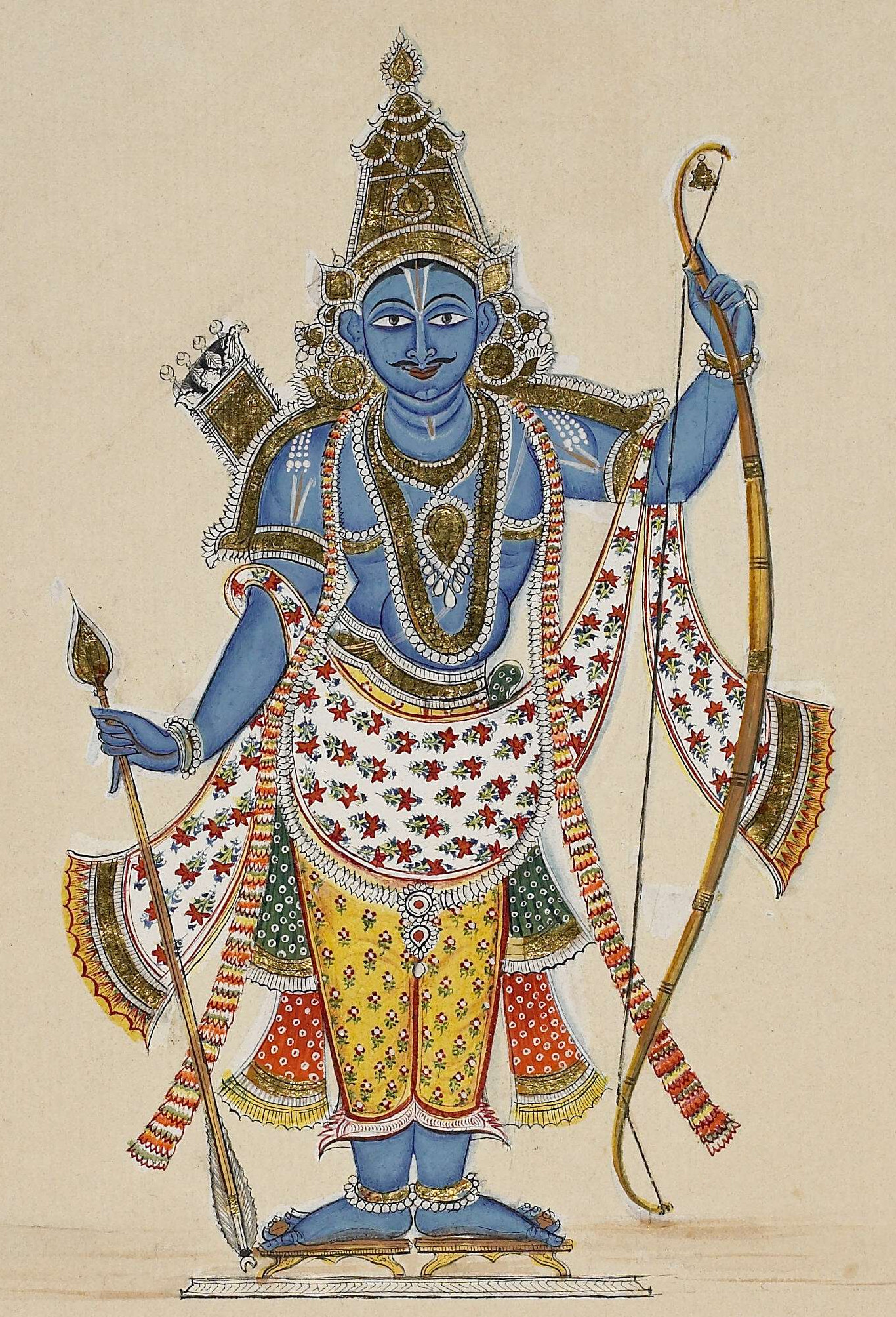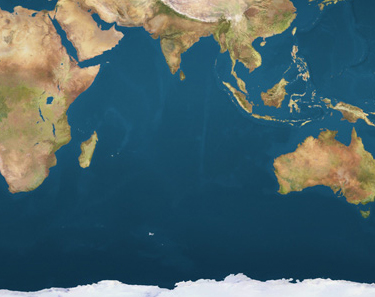On November 26, 1949, the Indian Constitution, approved by the Constituent Assembly on January 26, 1949 (Republic Day), came into force.
 |
| Indian Emblem by User:Indianvipjatt |
The Consituent Assembly, which was presided over by B. R. Ambedkar, had been elected by universal suffrage and met for the first time on December 9, 1946, when India had not yet obtained the Independence that was formalized on August 15, 1947.
This is the Preamble of the Constitution in the current text.
We, the people of India, having solemnly resolved to constitute India into a SOVEREIGN SOCIALIST SECULAR DEMOCRATIC REPUBLIC and to secure to all its citizens:
JUSTICE, social, economic and political;
LIBERTY of thought, expression, belief, faith and worship;
EQUALITY of status and of opportunity;
and to promote among them all FRATERNITY assuring the dignity of the individual and the unity and integrity of the Nation;
IN OUR CONSTITUENT ASSEMBLY this twentysixth day of November, 1949, do HEREBY ADOPT, ENACT AND GIVE TO OURSELVES THIS CONSTITUTION
The Indian Constitution is the longest of the known Constitutions counting 395 articles and 12 annexes. The length is also due to the size and diversity and variety of the territory and the population of the state (cultural, linguistic, religious, social, etc.).
India, named with the ancient name of Barath, is constituted as a Union, a parliamentary Federal Republic with the tripartite of the main powers (legislative, executive and judiciary) classic in Western liberal constitutions.
The States are currently 29 to which are added 7 territories with special administration including the territory of the capital Delhi.
The powers of the Central State and those of the Federal States are subdivided into the VII attached to the constitutional charter:
Union List (central powers): 97
State List (powers of States): 66
Concurrent List (competing powers): 47
Needless to say, this division has often involved the intervention of the highest Indian judicial body, the High Court, to resolve conflicts of jurisdiction.
Each State has its own organs (President, Governor, Parliament, etc.) and its own official language.
India has a President who has functions of guarantee and representation and that is elected by the Parliament integrated by the representative of the State Parliaments.
The Parliament is divided into the Upper House or Council of States (Raj Sabha) and the People's Chamber (Lok Sabha). In addition to legislating, Parliament appoints the Prime Minister who habitually, but not necessarily, is the leader of the party or coalition that emerges victorious from the polls.
Hindi in the Devanagari writing is constituted by the art. 343 as the official language of the Union and the use of English for fifteen years is then foreseen in official documents and courts of justice and then continuously extended until today.
Alongside Hindi as the language of the Union, 22 other official languages are listed in Annex VII, namely: Assamese, Bengali, Bodo, Dogri, Guajarati, Hindi, Kannada, Kashmiris, Maithili, Malayalam, Marathi, Oriya, Panjabi, Sanskrit, santholi, sindhi, tamil, telegu, urdu, napali, konkani and manipuri.








